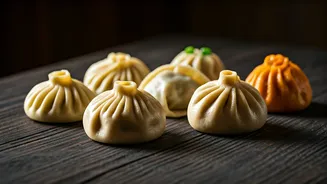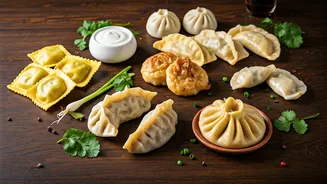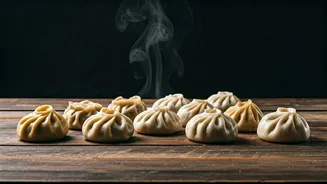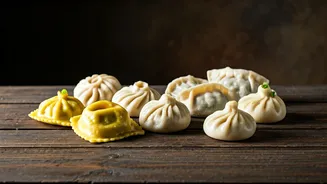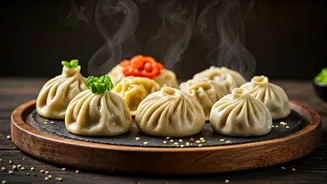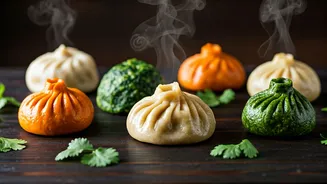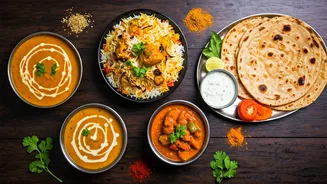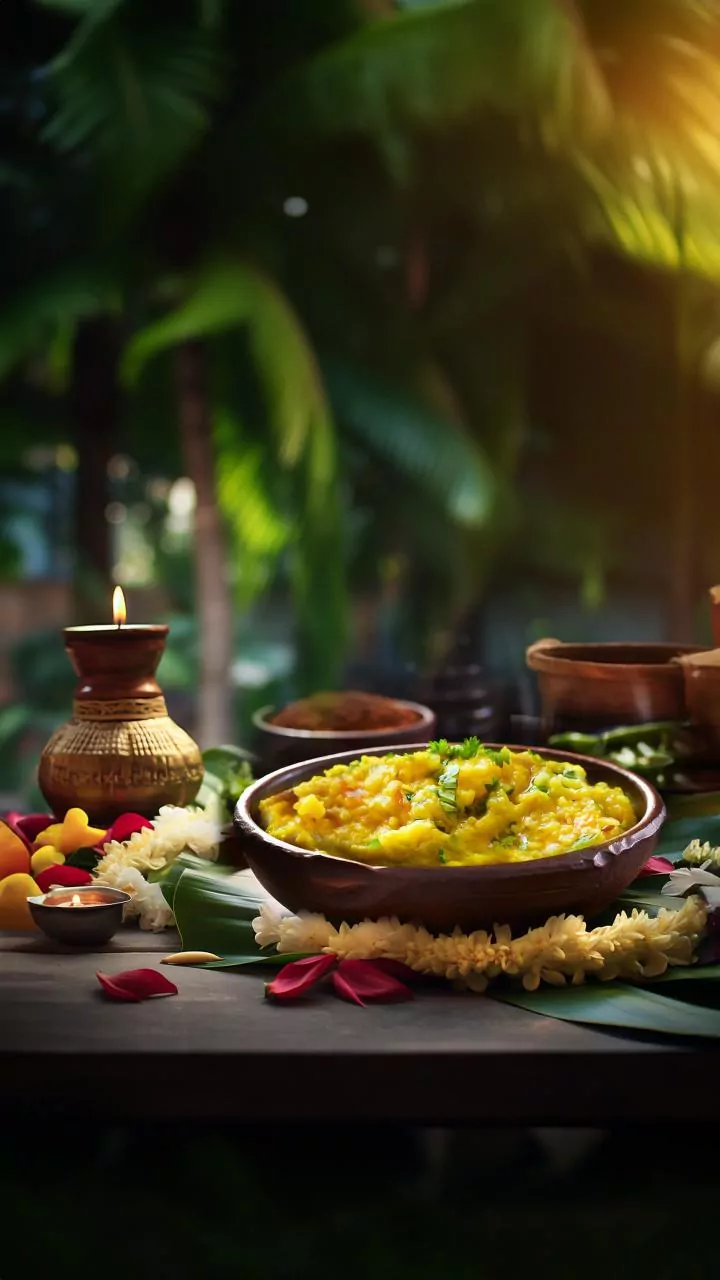Italian Ravioli
Ravioli, a cornerstone of Italian cuisine, presents a delightful experience. These enclosed pasta pockets often come filled with ricotta cheese, spinach,
or meat. Preparing ravioli traditionally involves rolling out pasta dough and cutting it into shapes. The filling is carefully placed, and another sheet of pasta covers it. They are then sealed, often with a fork, to prevent the filling from escaping. Cooked ravioli is typically served in a flavorful sauce, enhancing its taste. Ravioli is a dish that reflects both the creativity and the simplicity of Italian cooking. The diverse fillings and sauces allow for variations, making it a beloved dish.
Chinese Jiaozi
Jiaozi, commonly known as Chinese dumplings, are a staple food during festivals and family gatherings in China. Usually, Jiaozi consists of a ground meat and vegetable filling that is wrapped in a thin dough. They can be cooked through various methods: steaming, boiling, or frying. Steamed Jiaozi have a delicate texture and the taste of the ingredients, while fried ones have a crispy exterior and a savory taste. The act of making and eating Jiaozi symbolizes prosperity and good fortune. They are often served with dipping sauces like soy sauce, vinegar, and chili oil to add depth. Jiaozi is more than just a dish; it's a cultural symbol.
Russian Pelmeni
Originating from Russia, Pelmeni is a type of dumpling popular across Eastern Europe. These dumplings are typically filled with seasoned meat, like beef, lamb, or pork, and wrapped in a thin, unleavened dough. The dough is rolled out and the filling placed, then sealed into a small, often round shape. Pelmeni are usually boiled in water or broth and served with sour cream, butter, or vinegar. The simplicity of preparation and the hearty filling makes Pelmeni a comforting dish during cold winters. The use of a simple dough allows the rich, savory filling to take center stage, making Pelmeni a satisfying meal for any occasion. It is often a key feature in family meals.
Japanese Gyoza
Japanese Gyoza are similar to Chinese Jiaozi, but they have their unique attributes. Gyoza are usually filled with ground pork, vegetables (like cabbage and green onion), and seasoned with soy sauce, garlic, and ginger. They are generally pan-fried to crisp the bottom, and the top is often steamed. The end result is a dumpling with a delightful texture contrast. Gyoza is often served with a dipping sauce of soy sauce, vinegar, and chili oil or rayu (Japanese chili oil). The cooking method gives Gyoza its distinctive look and flavor. The balanced flavor profile and the crispy bottom make Gyoza a favorite in Japan and other countries.
Nepali Momo
Momos are a popular dish, especially in Nepal and parts of India. These dumplings have a soft, chewy exterior and a flavorful filling that usually consists of minced meat (such as chicken, yak, or buffalo) or vegetables, blended with spices. The dough is rolled into small circles, the filling is placed in the center, and the edges are sealed in a half-moon shape or sometimes in a round shape. They are mainly steamed, which helps maintain their juicy and flavorful filling. The momo is usually served with a spicy chutney or soup, offering a burst of flavor. It has become a significant part of the Nepalese culture and is loved worldwide.
Polish Pierogi
Polish Pierogi are half-moon-shaped dumplings that are a staple in Polish cuisine. They are usually filled with a variety of ingredients, including mashed potatoes, cheese, sauerkraut, mushrooms, and sometimes meat. The dough for pierogi is usually a simple blend of flour, water, and sometimes sour cream. Pierogi can be boiled, fried, or baked and are frequently served with sour cream, fried onions, or butter. Pierogi is a traditional dish often associated with holidays and family meals, providing a comforting and satisfying experience. These dumplings highlight the use of simple, wholesome ingredients to create a delicious and filling dish.
